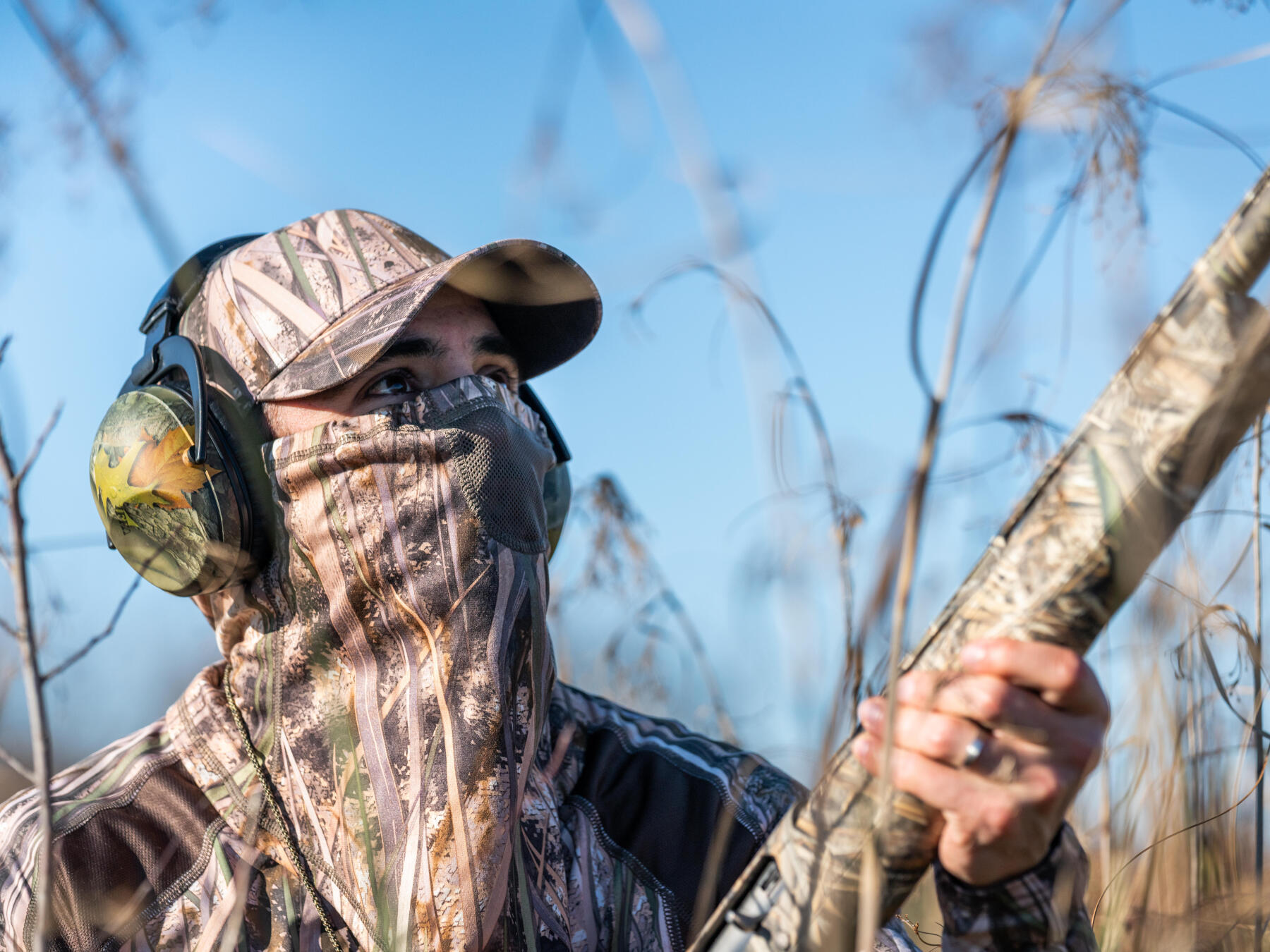How does one experience this immersion in such a traditional way of hunting?
It is a mystery at least as profound as that of the migration of waterfowl. What motivates men to spend so much time in a pass or in cramped hides, called blinds in the South-West, gabions or huts in the North? Staying for long hours at the post, despite the darkness, the cold sometimes, and the humidity often? At the mercy of the mood swings of the sky? Enduring an emotional rollercoaster that takes them from excitement to despair in the blink of an eye? All this to attract a hypothetical duck or goose into their shooting zone? It's the passion, of course, and the atmosphere of open camaraderie with one's hunting buddies set in magical natural scenery.
Teal, pintails, kites, chipeaux, pintails, woodcocks, whistlers, and mallards. Invariably, whether they are surface ducks or divers, geese or waders, all these names light up the faces, setting the eyes of waterfowl hunting enthusiasts alight. They evoke streaked, ashy, or coloured plumage, round or oval heads with eye shadow, scowling beaks, soft, thick down. They suggest faraway lands, beautiful evenings spent with friends, the bright orange colours of a beautiful sunset.
Uncertainty is unquestionably the charm of this type of hunting. Waterfowl hunters are a special "breed" of hunters, bound by the promise of a pass that keeps them from falling off to sleep. Would you like to find out more about this type of hunting? Do you dream of spending a night in one of these magical installations, lit by candlelight, soothed by the lapping of the water and the song of the decoys? Would you like to explore other regions of France than your own where ducks are the dominant game? Then do not hesitate to consult the announcements and actions proposed by "Journée de Chasse" on their website.






